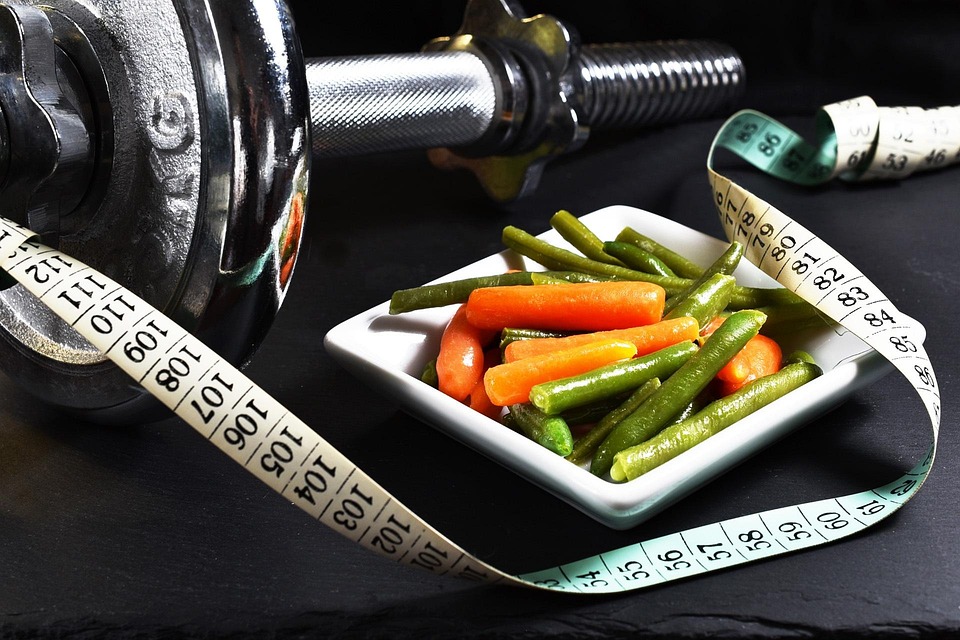When it comes to making healthy food choices, understanding how to read nutrition labels effectively is one of the most crucial skills you can develop. Nutrition labels are packed with valuable information that can help you make informed decisions about the foods you eat. However, many people find them confusing or overwhelming. This guide will break down the key components of nutrition labels, so you can easily understand the information and use it to your advantage.
1. The Importance of Nutrition Labels
Nutrition labels are designed to provide consumers with the nutritional content of a food product, allowing them to compare different items and make healthier choices. By understanding these labels effectively, you can manage your calorie intake, limit excess sugar or fat, and ensure you’re getting the necessary vitamins and minerals for a balanced diet.
2. Understanding the Key Components of a Nutrition Label
To read nutrition labels effectively, it’s essential to familiarize yourself with the main sections. Here’s a breakdown of the most important components:
Serving Size
The serving size is typically located at the top of the label. This is the portion the nutrition information is based on. Keep in mind that many packaged foods contain more than one serving, so if you eat more than the suggested serving size, you’ll need to adjust the nutritional information accordingly.
Calories
Calories give you an idea of how much energy you will get from one serving of the product. If you are trying to manage your weight, this number will help you track your total daily caloric intake. Pay attention to both the number of calories and the serving size.
Macronutrients (Fats, Proteins, and Carbohydrates)
- Fats: Look at both the total fat content and the types of fats. The label will often break this down into saturated fats, trans fats, and sometimes omega-3s.
- Proteins: Protein is essential for muscle repair, immune function, and overall health. Ensure the product contains enough protein for your needs.
- Carbohydrates: This includes both sugars and fiber. Focus on fiber content, as it helps with digestion and keeps you feeling full longer.
Micronutrients (Vitamins and Minerals)
Look for key vitamins and minerals, such as vitamin A, vitamin C, calcium, and iron. These micronutrients contribute to a balanced diet and promote long-term health.
Percent Daily Values (%DV)
The %DV tells you how much a nutrient in one serving contributes to your daily recommended intake, based on a 2,000-calorie diet. A %DV of 5% or less is considered low, while 20% or more is high. This helps you assess if a food is nutrient-dense or if it’s lacking in certain areas.
3. How to Use the Nutrition Label Effectively
Check the Serving Size
Always start by checking the serving size. If you’re eating more than the stated serving, be sure to multiply the nutritional information accordingly. For example, if the serving size is 1 cup but you’re consuming 2 cups, you should double the calories, fat, protein, and other nutrients listed.
Focus on the Most Relevant Nutrients
Depending on your health goals, some nutrients will be more important to track than others:
- For weight management: Focus on the calories, total fats, and carbohydrates.
- For heart health: Pay attention to the amount of saturated and trans fats, as well as cholesterol and sodium levels.
- For muscle growth or repair: Focus on the protein content.
Limit Added Sugars and Unhealthy Fats
Look for products with little or no added sugars and saturated fats. Many processed foods contain hidden sugars that contribute to excessive calorie intake and health problems like obesity and diabetes.
Consider the Ingredient List
The ingredient list is just as important as the nutrition label. Ingredients are listed in descending order of quantity. If sugar, refined grains, or unhealthy fats are listed near the top, it’s a sign that the food is highly processed and may not be the healthiest choice.
4. Reading Nutrition Labels for Special Diets
If you’re following a specific diet (e.g., keto, low-sodium, gluten-free, or plant-based), the nutrition label becomes even more important. Here’s how to use it for different diets:
- Keto or Low-Carb: Focus on the total carbohydrates and net carbs (total carbs minus fiber). Look for low-sugar or sugar-free options.
- Low-Sodium: Opt for foods with less than 5% of the daily value of sodium per serving.
- Gluten-Free: Look for products that are labeled “gluten-free” and ensure that the ingredients do not contain gluten or wheat derivatives.
- Plant-Based or Vegan: Check the ingredient list for animal-derived ingredients like dairy, eggs, and meat.
5. Making Informed Choices
Once you understand how to read nutrition labels effectively, you’ll be able to make healthier, more informed choices while grocery shopping. Comparing products side by side and knowing what to look for can help you opt for options that are lower in sugar, fat, and sodium, and higher in fiber, vitamins, and minerals.
6. Practical Tips for Using Nutrition Labels
- Don’t be swayed by health claims on the front: Packaging that claims “low fat” or “high protein” can be misleading. Always check the actual nutrition facts on the label.
- Read labels in the context of your diet: If you’re managing a medical condition or following a specific dietary plan, the nutrition label can guide you toward foods that meet your needs.
- Choose whole foods when possible: While packaged foods can be convenient, whole foods (like fruits, vegetables, and grains) often don’t require labels, and they tend to be more nutrient-dense.
Conclusion
Understanding how to read nutrition labels effectively is a vital skill for maintaining a healthy lifestyle. By familiarizing yourself with the serving sizes, macronutrients, micronutrients, and ingredients, you can make choices that align with your health goals. Whether you’re trying to lose weight, manage a health condition, or just eat more balanced meals, nutrition labels are a powerful tool to guide your decisions.


